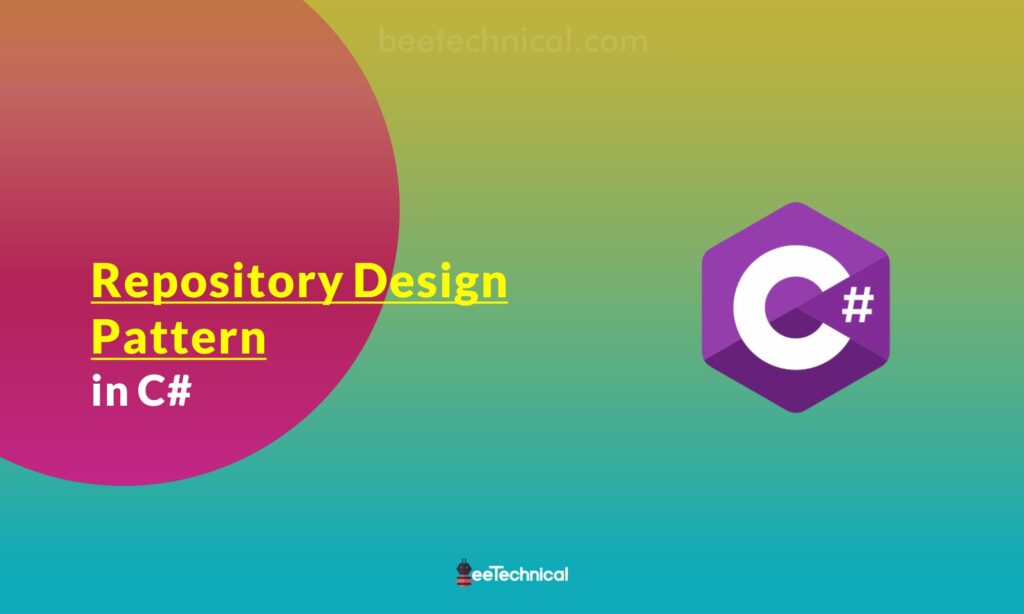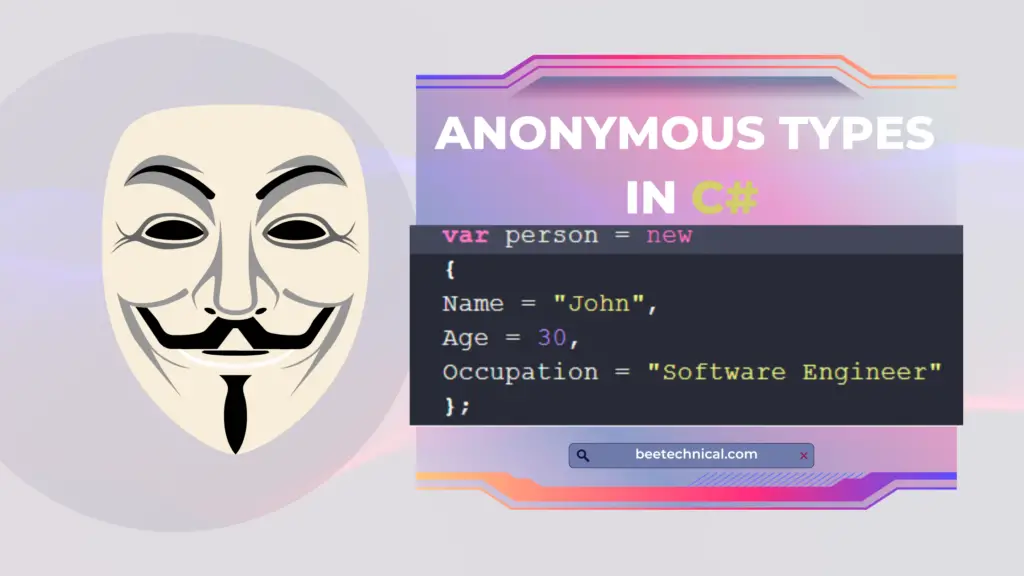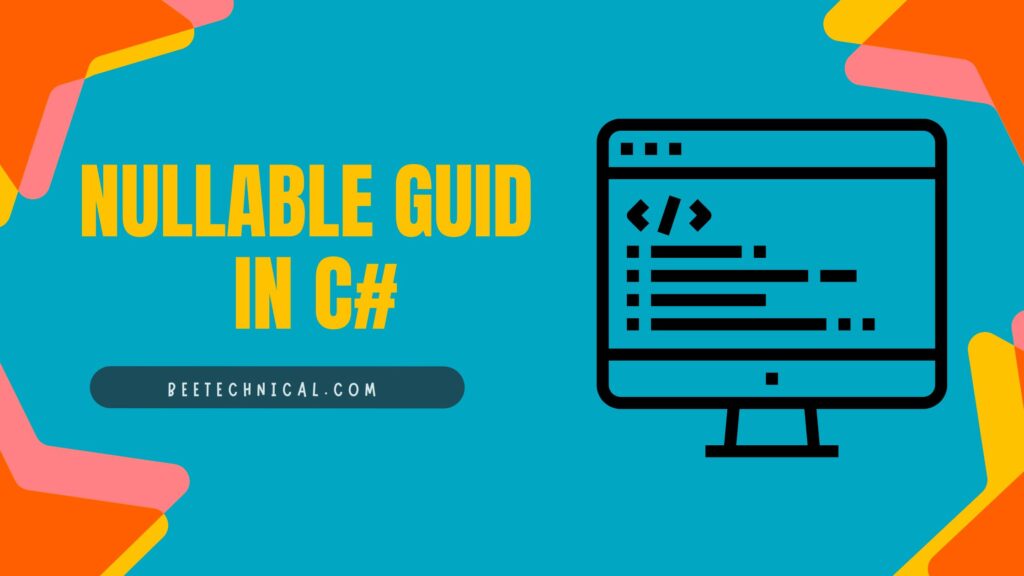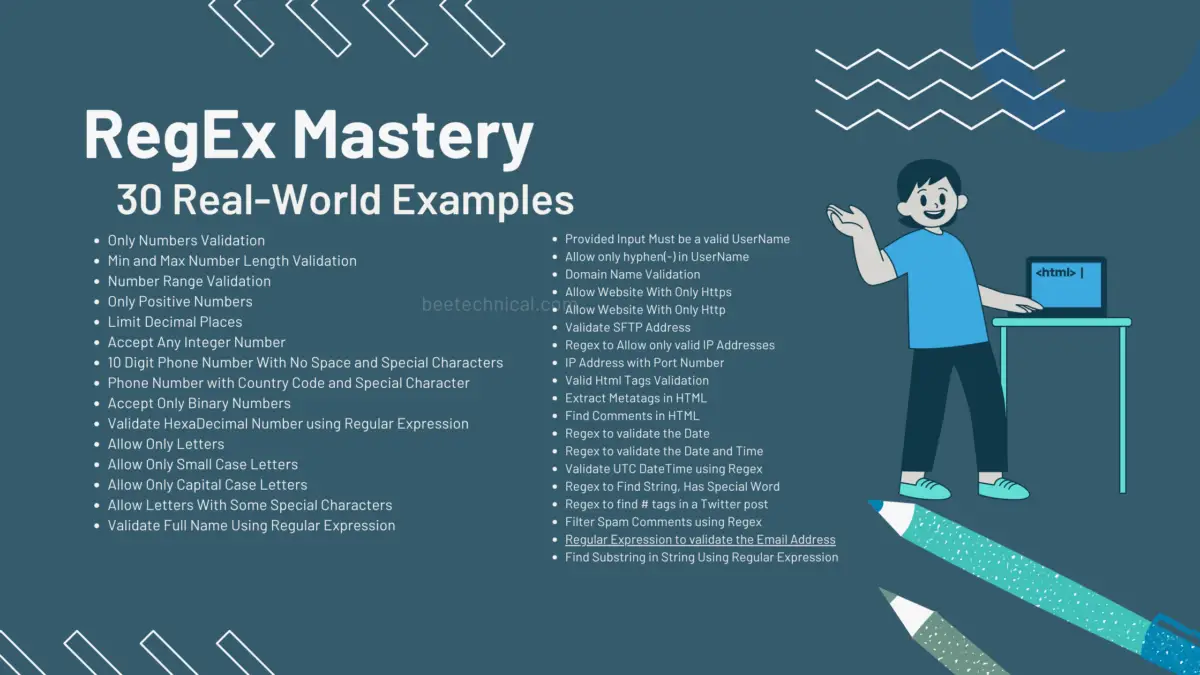In the vast landscape of software development, understanding and implementing Domain-Driven Design (DDD) principles can significantly enhance the clarity and effectiveness of your projects. One key concept that stands out in DDD is the idea of “Bounded Contexts.” In this article, we’ll unravel the mystery behind Bounded Contexts using everyday examples, accompanied by simple C# code snippets to illustrate the concepts.
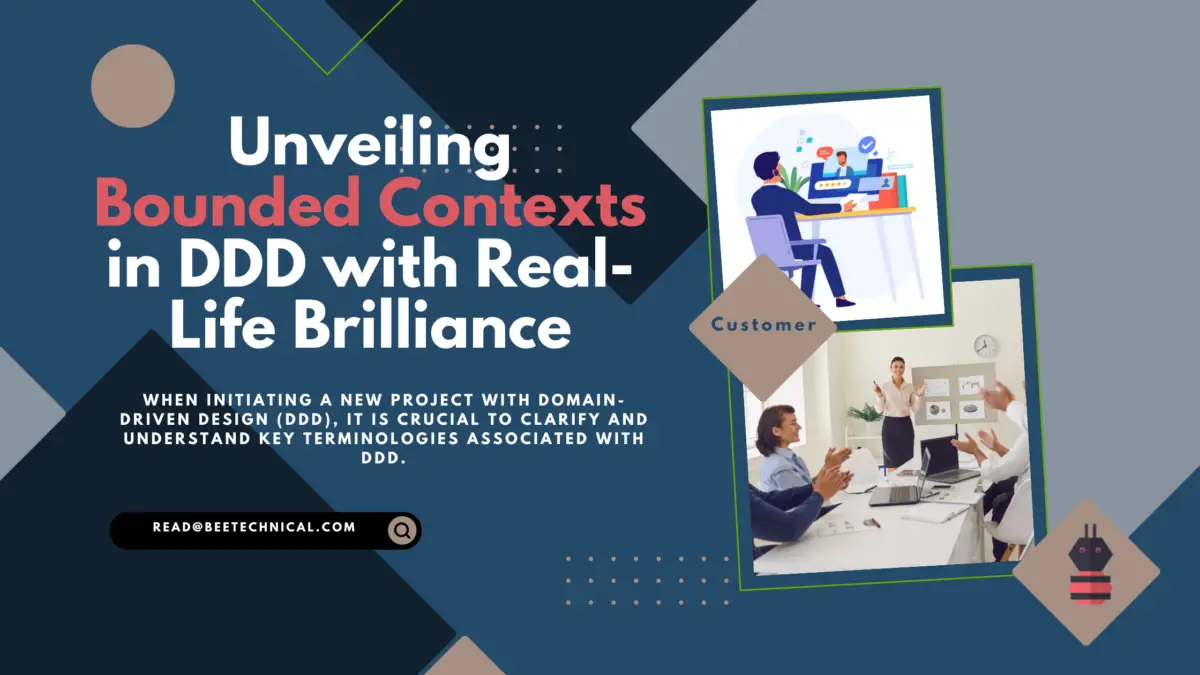
Let’s break down the word Bounded & Context
In general terms, “bounded” refers to being limited, restricted, or confined within certain boundaries or limits. on the other hand,”context” refers to the circumstances, environment, or background in which something exists or occurs. It provides the conditions that surround a particular event, idea, or situation, influencing its meaning and interpretation.
Picture yourself at a party where people are discussing different aspects of the word “code.” Now, “code” could signify multiple things depending on the conversational context.
- In the Programming Corner:
- Context: A group of tech enthusiasts is discussing software development.
- Meaning of “Code“: Here, “code” refers to the instructions written in programming languages to create software.
- Example: They might be discussing lines of code, algorithms, and programming languages like Python, Java, or C#.
- In the Fashion Section:
- Context: Another group, more interested in fashion, is having a conversation nearby.
- Meaning of “Code“: In this context, “code” might refer to a set of rules or symbols, such as dress codes or fashion style guidelines.
- Example: They could be talking about the dress code for a party or interpreting the dress code for a specific event.
- In the Secret Language Club:
- Context: A mysterious group is gathered in a secluded corner, talking in whispers.
- Meaning of “Code“: For them, “code” might signify a secret language or a hidden message.
- Example: They might be discussing cryptic codes, ciphers, or secret handshakes.
In this scenario, you have different “Bounded Contexts” or clear language zones within the party. Each group understands the term “code” differently based on the specific context they are in. This helps prevent misunderstandings and ensures that everyone can have meaningful conversations without confusion.
In software development, just like in our party example, having clear Bounded Contexts allows different parts of a system to use the same words (like “code” or other terms) with specific meanings, tailored to the context of that particular area in the software.
Diverse Faces of the Customer Class
Let’s explore the concept of Bounded Context using a hypothetical “Customer” class and how its behavior might differ in various contexts within a software system.
Sales Bounded Context
- Definition: In the Sales Bounded Context, a
Customeris primarily seen as someone who makes purchases. - Properties: The
Customerclass here might include attributes related to buying behavior, order history, and loyalty programs.
// Customer Class in Sales Bounded Context
public class Customer
{
public int CustomerId { get; set; }
public string Name { get; set; }
public List<Order> OrderHistory { get; set; }
// Additional sales-related properties...
}
Example Scenario: The Sales team uses the Customer class to analyze purchasing patterns, track orders, and offer personalized discounts.
Customer Support Bounded Context
- Definition: In the Customer Support Bounded Context, a
Customeris someone seeking assistance or support. - Properties: The
Customerclass here might include details related to support tickets, interactions, and service history.
// Customer Class in Customer Support Bounded Context
public class Customer
{
public int CustomerId { get; set; }
public string Name { get; set; }
public List<SupportTicket> SupportTickets { get; set; }
// Additional support-related properties...
}
Example Scenario: The Customer Support team uses the Customer class to manage and resolve support tickets, ensuring a positive customer service experience.
Conclusion
When engaging in domain-driven design as a developer or architect, it is beneficial to establish clear boundaries within the project by defining distinct bounded contexts. This involves delineating specific areas or domains within the system, contributing to a more structured and organized approach to design and development. In this article we tried undersrtanding the concept of bounded concept uinsg real life examples, how custoemr class can be acted as diffrent in terms of diffrent boundries of the application.


